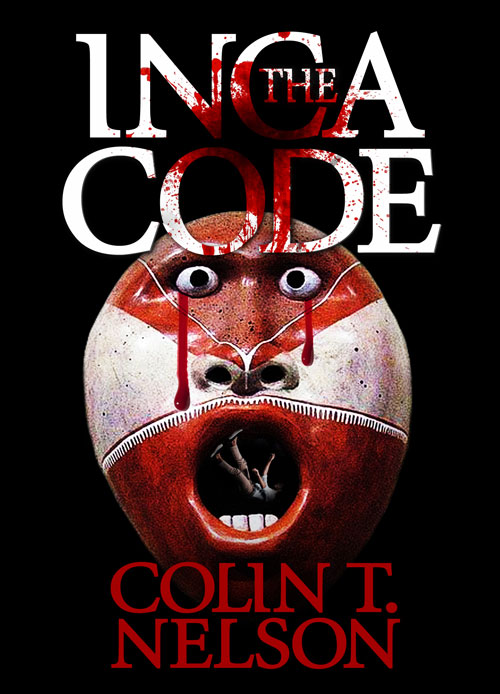Remember the famous line-up scene in the film, The Usual Suspects?  Probably because of films and TV, we all think an eye witness to a crime can identify an accused and be right most of the time. Especially, if they accused stands in a line-up. But, as I mentioned in the last post, when DNA testing has exonerated convicted people, it’s been discovered that 3/4 of those found guilty were identified at trial by multiple eye witnesses—who must have been wrong! As a result, there’s been a lot of scientific research done to try and figure-out why humans are so wrong about our confidence in and identification by an eye witness to a crime.
Probably because of films and TV, we all think an eye witness to a crime can identify an accused and be right most of the time. Especially, if they accused stands in a line-up. But, as I mentioned in the last post, when DNA testing has exonerated convicted people, it’s been discovered that 3/4 of those found guilty were identified at trial by multiple eye witnesses—who must have been wrong! As a result, there’s been a lot of scientific research done to try and figure-out why humans are so wrong about our confidence in and identification by an eye witness to a crime.
Why do errors occur?
- Research has shown that humans have “stages of memory.” We think an event imprints a memory on our minds like a photo—but it’s just the opposite. The memory grows over the stages of creation. It begins, of course, at the time of the crime. Details of the identification are encoded into our memory. We think these are snap shots, but they’re more like impressions. Think about the times you’ve heard a snatch of music or smelled someone’s perfume and it triggers a memory. Your recollection is still probably cloudy, but you can say you remember it (or her).
- Investigation stage. When the police ask an eye witness to a crime to pick out the suspect from a series of photos or a line-up, our memory must go through a stage called retrieval. We dredge-up the impressions from our memory and try to sort them into meaningful pictures of faces, etc. Especially after a long period of time, this process becomes harder and is subject to error. We don’t remember that many details. Instead, we get the “gist” of facial features, for instance. Try this simple test: you’ve all looked at a penny a thousand times. Can you sit down and draw, accurately, what’s on the face of a penny? I can’t.
- Pressure to pick someone. Even if the police don’t pressure the eye witness to a crime to pick-out someone from a line-up, all of us want to do so successfully. We want to get the person who attacked us and to help law enforcement convict him. This motivation is natural but can easily color our memories. In a series of photos or a line-up, all but one of the people are innocent. They’re added to the line-up as “fillers.” Scientific testing proved that an eye witness will pick a “filler” out of a line-up at least 1/3 of the time!
- Retention. How many of the details can we accurately remember from the retrieval stage? Once we’ve obtained those, our brains solidify those images so we can retain them. If errors have occurred up to this point, the retention will, of course, be wrong too.
- Familiar versus a stranger. Testing has shown that if the attacker is someone we have an acquaintance with, we will pick out that person 50%-88% of the time correctly. But if the attacker is a stranger, we can only pick-out the correct person 12% of the time!
All of these reasons will cause even the best eye witness to a crime to be mistaken. The good news is, most police departments and law enforcement professionals have become aware of these issues and are working to eliminate the errors as much as possible.  In the meantime, would you pick this thug in a line-up as a serial criminal??
In the meantime, would you pick this thug in a line-up as a serial criminal??






